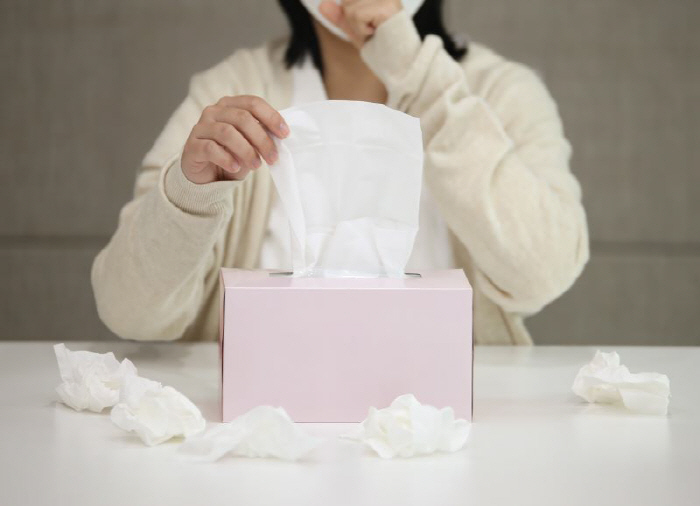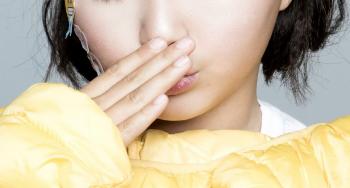It's not even spring, but my nose is running...Autumn Allergic Rhinitis Warning
|
Allergic rhinitis is also on the rise in the long run. In a domestic analysis, about one in five adults are reported to experience a diagnosis once in their lifetime, which is interpreted as a result of a combination of indoor allergen exposure due to urbanization, increased pet rearing, air pollution, and pollen season changes due to climate change.
Rhinitis is a disease that causes nasal congestion and runny nose due to inflammation of the nasal mucosa. It is easy to pass lightly, but if left unattended, it can lead to sinusitis, otitis media, and conjunctivitis, and it greatly reduces the quality of life due to sleep disorders, headaches, and decreased concentration.
Allergic rhinitis appears when exposed to certain inhalant allergens. Common causes in Korea are house dust mites, animal hair and dandruff, mold, cockroaches, and seasonal weed pollen. In particular, on dry and windy days, pollen concentration in the atmosphere increases, and symptoms easily worsen. Pet hair, dandruff, saliva, and excreta particles also float in the air It flows into the nasal cavity and can cause symptoms.
The four typical symptoms are nasal congestion, sneezing, clear runny nose (hydrophobic), and nasal itching. It usually proceeds in the order of nasal itching, sneezing, runny nose, and stuffy nose, and sneezing and runny nose get worse in the morning and then fade in the afternoon, while stuffy nose often lasts for a long time. Conjunctival symptoms such as eye itchiness and congestion, headache, and decreased sense of smell may also be accompanied. Unlike colds, fever is rare, and if allergen exposure continues, symptoms can continue for more than a few weeks, so it is necessary to distinguish it from infectious rhinitis.
Medical staff counseling is recommended if symptoms are repeated or prolonged. Through an interview, the symptoms pattern, family history, living and occupational environment, and exposure to pets are identified, and the non-mucosal condition is checked with a non-endoscope. After that, identifying the causative allergen through serum tests and skin terminal (skin response) tests can more precisely establish living environment management and treatment strategies.
For treatment, avoidance therapy, drug therapy, immunotherapy, and surgical therapy are applied step by step depending on symptoms and causes. First of all, it is fundamental to reduce allergen exposure as much as possible. In drug treatment, intranasal steroid spray and second-generation antihistamines form the axis, and leucotriene receptor antagonists, anticholinergic non-sprayers, and short-term vasoconstrictors can be combined as needed. Immunotherapy is a fundamental treatment that induces immune tolerance by gradually administering the causative antigen from a small amount, and it is recommended to maintain it for more than three to five years. Surgical treatment is considered if there are structural problems such as non-segmental curvature or thickening of Harvey's armor and nasal congestion persists in drug treatment.
Professor Seo Min-young of otolaryngology and head and neck surgery at Korea University Ansan Hospital said, "Autumn is the season of triple stimulation', with large daily temperature difference, dry winds, and weed pollen overlapping. Patients with repeated symptoms of rhinitis should visit the hospital in advance before symptoms occur, prescribe drugs to control rhinitis, and use them step by step if necessary." In addition, he advised that preemptive management is necessary, such as adjusting the time to go out or ventilation when forecasting high concentrations of pollen.
|
This article was translated by Naver AI translator.





